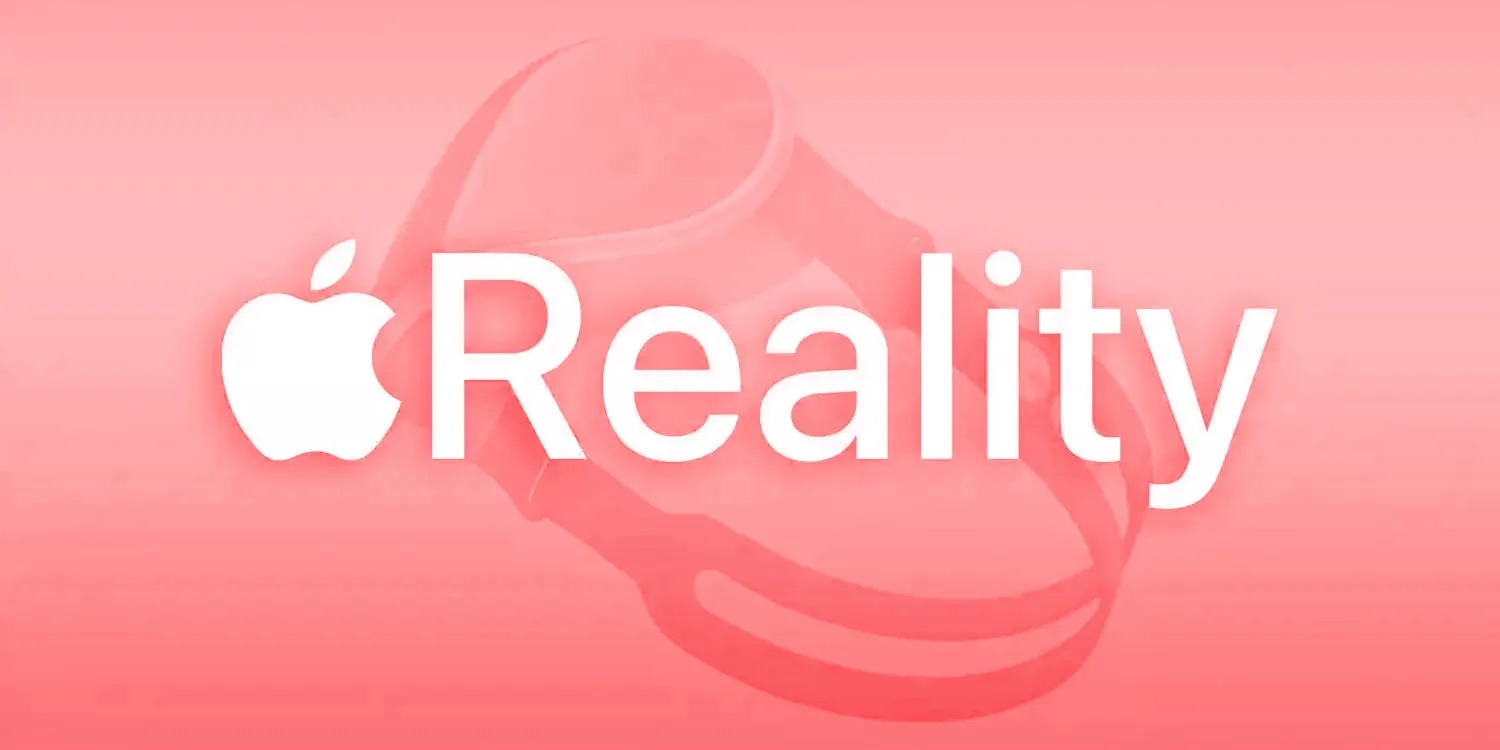
A new report on the upcoming Apple Reality Pro AR/VR headset says that the device is significantly compromised, compared to the company’s original vision for the device.
It also says that some top Apple execs are skeptical about the potential of the product, are are distancing themselves from it. The report – based on multiple sources close to the project – said that Apple will be selling it almost at cost, in contrast to the high margins it expects from other products …
Reality Pro headset vs Apple Glasses
It’s an open secret that Apple has been working on two very different augmented reality products: the Reality Pro headset, which combines AR and VR in a fully-enclosed casing, and Apple Glasses, a lightweight, unobtrusive device looking much like ordinary eye-glasses.
But Mark Gurman’s Bloomberg report suggests that Apple CEO Tim Cook really wanted to prioritize Apple Glasses, while development work instead focused more and more on the headset.
The device Cook will present, say people familiar with a development process that spread over seven years, has deviated far from his initial vision. Initially imagined as a pair of unobtrusive eyeglasses that could be worn all day, Apple’s device has morphed into a headset that resembles a pair of ski goggles and requires a separate battery pack […]
After initially setting its sights on a lightweight pair of augmented-reality glasses, Apple gradually drifted toward something that felt more like existing devices because of technological constraints, the desire to get a product on the market and internal disagreements.
There’s even doubt about whether Apple Glasses will ever launch. Only about 10% of Reality Pro resources have been spend on the Glasses project, codenamed N421.
Apple eventually postponed any serious product development on stand-alone glasses for years, all but killing the idea, according to people involved in the process. They say that Apple is at least four years away from introducing any such product, if it ever happens. […]
A person on the project describes a running joke that engineers were working on the hopeless N421 just to keep Cook happy. By 2019 the company had made little or no headway on developing a viable plan to make AR glasses.
Significant compromises were required for Reality Pro
Insiders say that as time went on, more and more compromises had to be made to make even the Reality Pro device feasible.
The product’s design is also a tacit admission that the company, like others that have made mixed-reality headsets, hasn’t been able to solve some core technological problems. Features such as the ability to function as an external Mac monitor and to make multiperson video calls are less advanced than the company initially intended, though it hopes to improve them. Apple also had wanted to integrate the battery into the headset, according to people familiar with the project. But to reduce weight and keep the device from overheating, it made a very un-Apple-like design compromise: It redesigned the battery as an iPhone-size pack that sits in a user’s pocket, attached by a power cord.
That is hugely different from Apple’s usual approach, of staying out of a new market until it can produce the product it really wants.
Apple selling it at cost; considered taking a loss
Another massively un-Apple-like thing is that the company is reported to be planning to sell Reality Pro at a breakeven cost. This is in stark contrast to the typical 37% margin the company likes to make.
Indeed, says, Gurman, the company even discussed the possibility of initially selling it at a loss, in order to get a toe-hold in the market.
Development cost a billion dollars a year
The development costs of the headset are unlikely to be recouped anytime soon in any case. The report suggests that the budget exceeded $1B per year, with more than a thousand engineers working on it.
Top execs skeptical; Cook uninvolved
Both Craig Federighi and Johny Srouji are said to be skeptical about the device.
Key figures in Apple’s top ranks, such as Craig Federighi, senior vice president for software engineering, have also kept their distance and seemed wary of the headset, according to people familiar with the project. Johny Srouji, Apple’s senior vice president for hardware technologies, has privately been a skeptic, likening it to a science project.
Tim Cook was also described as “distant” from the project – and to have frustrated the team by taking time to make decisions.
“The closest Cook gets to product development is a demo,” says one of the people. “But even then, he’s not the type of guy who says it should do X and not Y. He’s the complete opposite of Steve in terms of having strong opinions on the minutiae” […]
His approach was sometimes perceived as indecision, leading to delays and concerns about obtaining sufficient resources. “Tim didn’t throw his weight around the project at all, and this frustrated people,” says another person who worked on the project.
The full piece is well worth reading.
We’re expecting Apple to formally announce the Reality Pro headset during next month’s WWDC keynote.
FTC: We use income earning auto affiliate links. More.





